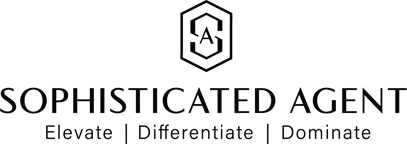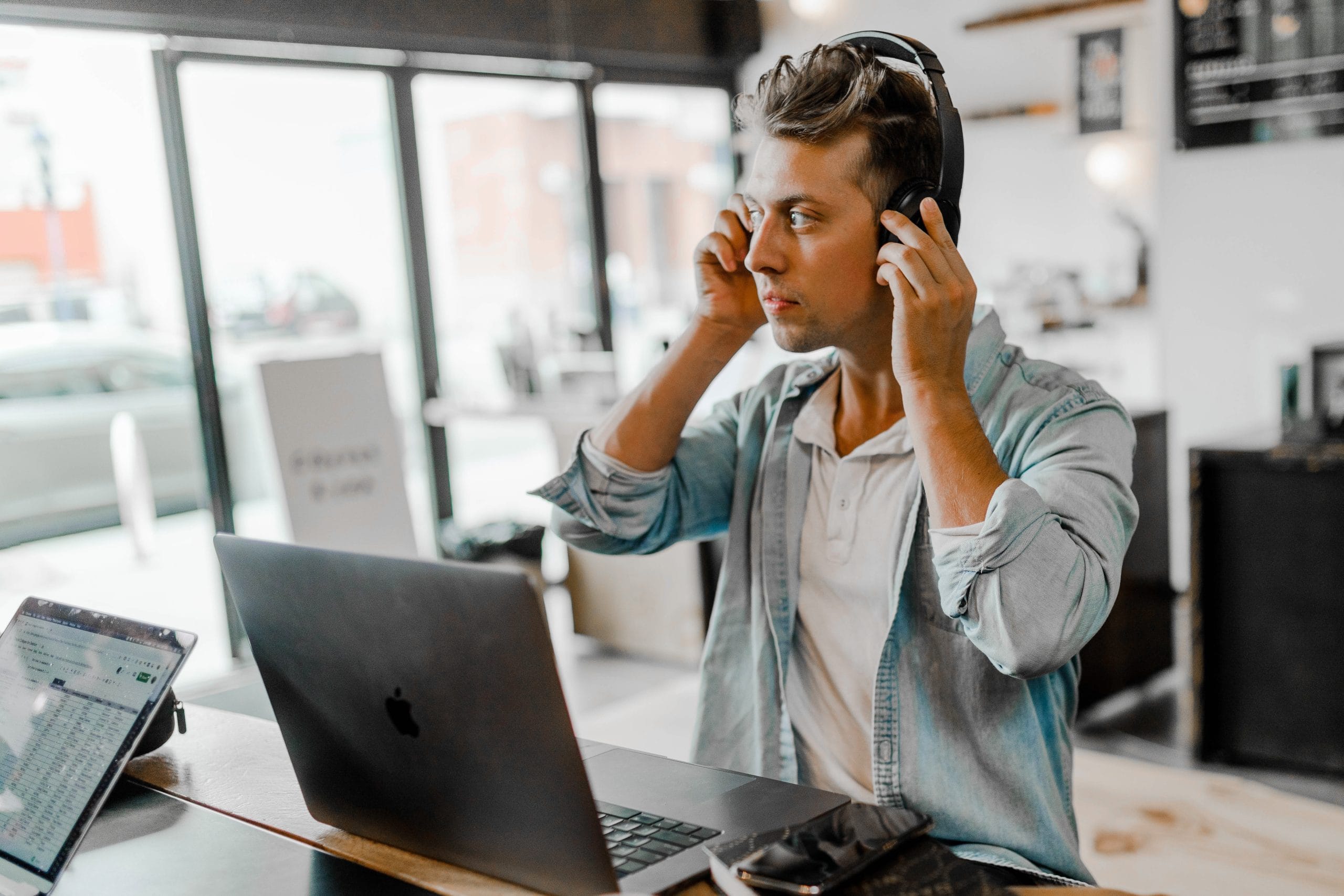Today I want to talk about best practices for delivering and converting buyer and seller appointments virtually using zoom or another video platform.
Increasingly now as real estate agents were having to conduct listing appointments virtually using Zoom, Skype, or some other video conferencing platform. It’s a big adjustment and an entirely different way of connecting with somebody virtually and building rapport and understanding their pain points, their goals, their frustrations, and what they need to achieve in this process without being in person, without seeing the home.
Without having that level of trust and intimacy in a relationship that’s very important for you to be present because this is a big asset and transaction for clients.
I want to go over the technology best practices on how to make sure these appointments virtually go as best as possible to help do a conversion. Also, I want to go through some actual strategy recommendations and best practices. This will help convert more of these virtual appointments into prospects.
Technology Best Practices
Oftentimes I see this mistake with real estate agents, and it’s the setup.
A simple setup and backdrop is important. For example, being on a lake in the mountains serves as a great backdrop. If you cant make it to a setting like this, a home office can do the trick.
When you’re in a home office make sure the light is on your face, not behind you, otherwise it looks like an interview from unsolved mysteries. It’s creepy. It doesn’t work.
So natural light, ideally coming from a window on your face along with a non-busy background, is key. If you don’t have natural light, just a regular light will be fine. I suggest you get a professional mic. We like to use a RODE mic, (Linked HERE). Also, a tripod that works for whatever device you’re using, this this case and iPhone.
For these appointments, it’s ideal to be on a desktop or a laptop and use an external auxiliary mic like the one linked above for much better audio. Remember, audio is important. If you don’t have good audio, people can’t hear you, they don’t want to listen, they fall off. Audio is almost just as important as video.
Be in a quiet environment
All distractions are off. Turn your desktop and phone notifications. If you have kids, tell them they cannot under any circumstances unless the house is burning down, knock on the door for the next hour or however long you’re going to be on this meeting.
A couple other things is take a few minutes to plan out what you’re going to share. Make sure you have the digital assets ready, share your screen quickly and seamlessly to show them what you’re looking at. So for a listing presentation, you’re probably going to have several collateral pieces, pre-listing packet, MLS data, marketing plan, etc. Have these up in separate tabs, easy to access when you share your screen.
Prep for questions and objectives
Have these planned out. What could they possibly object to? What are the common objections we hear on commission, duration of contract, pricing strategy? Have answers, rehearsed and planned at least to those so that you can come up with those quickly.
Build rapport in the beginning, understand their goals in this process, understand the challenges you might encounter. Then talk about and position yourself and your team. If you’re on a team, as the experts in this area, talk about past sales and results. Utilize your brokerage and your company, and then take them through some of the documents, but don’t bore them.
Stay focused on the highlights of your listing presentation
Remember it’s harder to keep attention when you’re not in person. So really make sure that you’re not boring them. You’re only going over the most important things in this presentation. If you start to see their attention fade, you want to try to just hit the main points and wrap it up. Generally, they shouldn’t be more than an hour at most 45 minutes is a good time. We found 30 minutes sometimes works if you’re really efficient, but prep for questions back and forth and 5 to 10 minutes of breaking the ice, getting to know one another in the beginning of the appointment.
Remember to follow up! Send anything with instructions on electronic paperwork once you close. Remember, we don’t know what we don’t ask for in life. So make sure you ask for the business. After you demonstrate value, you build rapport, you show a willingness to serve them as a listing agent or buyer’s agent, ask for the business. Tell them how you’re excited to get started and tell them that as soon as you get off this meeting, you’re going to email over the necessary paperwork for them to review and easily sign digitally.
Provide instructions in an email. If you use an e-signature platform like dot loop or something else, have that ready along with instructions in an email. If they’re older clients, they might like to print it out, review it, wet signature scan or fax back. So give them options, make it easy and seamless.
Don’t let it hang out there, go for the close on the appointment, treat this just like a regular appointment. But remember it’s not the same, right? That’s why we’re going over these strategies and best practices. Hopefully these will help you deliver at a higher level virtual appointments so that you can walk away and turn more prospects excited, real estate clients, buyers, and sellers.
Hopefully this was a value. If you got any value from this and you want to share this with somebody who will also benefit from this message, please drop a comment below or like it. Again, thank you so much to your success and happiness. We’ll talk to you next time.


